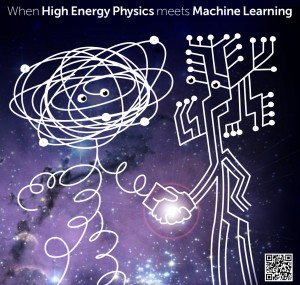Take two steps back from journalism: What are the editorial products we’re not building? by Jonathan Stray.
From the post:
The traditional goal of news is to say what just happened. That’s sort of what “news” means. But there are many more types of nonfiction information services, and many possibilities that few have yet explored.
I want to take two steps back from journalism, to see where it fits in the broader information landscape and try to imagine new things. First is the shift from content to product. A news source is more than the stories it produces; it’s also the process of deciding what to cover, the delivery system, and the user experience. Second, we need to include algorithms. Every time programmers write code to handle information, they are making editorial choices.
Imagine all the wildly different services you could deliver with a building full of writers and developers. It’s a category I’ve started calling editorial products.
In this frame, journalism is just one part of a broader information ecosystem that includes everything from wire services to Wikipedia to search engines. All of these products serve needs for factual information, and they all use some combination of professionals, participants, and software to produce and deliver it to users — the reporter plus the crowd and the algorithm. Here are six editorial products that journalists and others already produce, and six more that they could.
Jonathan’s existing editorial products list (with examples):
- Record what just happened.
- Locate pre-existing information.
- Filter the information tsunami.
- Give me background on this topic.
- Expose wrongdoing.
- Debunk rumors and lies.
A useful starting point to decide if a market is already saturated (or thought to be so) and how you could differentiate a new product in one of these areas. I’m not as certain as Jonathan that existing products perform well on locating pre-existing information or filtering the information tsunami. On the other hand, the low value of most queries may preclude a viable economic model for more accurate answers.
Jonathan’s potential editorial products list (with observations, VCs take note):
- What can I do about it?
- A moderated place for difficult discussions.
- Personalized news that isn’t sort of terrible. [Terrible here refers to the algorithms that personalize the news.]
- The online town hall.
- Systematic government coverage.
- Choose-your-own-adventure reporting.
A great starting point for discussing new editorial products. I suppose it is a refinement of “What can I do about it?” but I have a suggestion for a new editorial product: My Six Degrees.
Based on the idea of six degrees of separation (think Kevin Bacon), what if for any news report, you could enter your identification and based on the various social media sources and other data, you separation from the persons in the report could be calculated and returned to you with contact information for each step of the separation?
That has the potential to make the news you hear from other products a good deal more personal. It wouldn’t be “…too bad somebody got robbed…” it would be someone who was only two degrees of separation from you. As well as having the same revelation when someone is arrested for the crime.
Same should be true for the faceless bureaucrats that run much of the world. You would not hear “…the parole board denied clemency for someone on death row…” but rather X, Y, and Z, who are so many degrees from you denied clemency.
Could be a way to “personalize” the news in such a way as to motivate readers to take action.
Currently it would not work for everyone but there is enough data in the larger cities to “personalize” the news in a very meaningful way.
I first saw this in a tweet by Journalism Tools.

